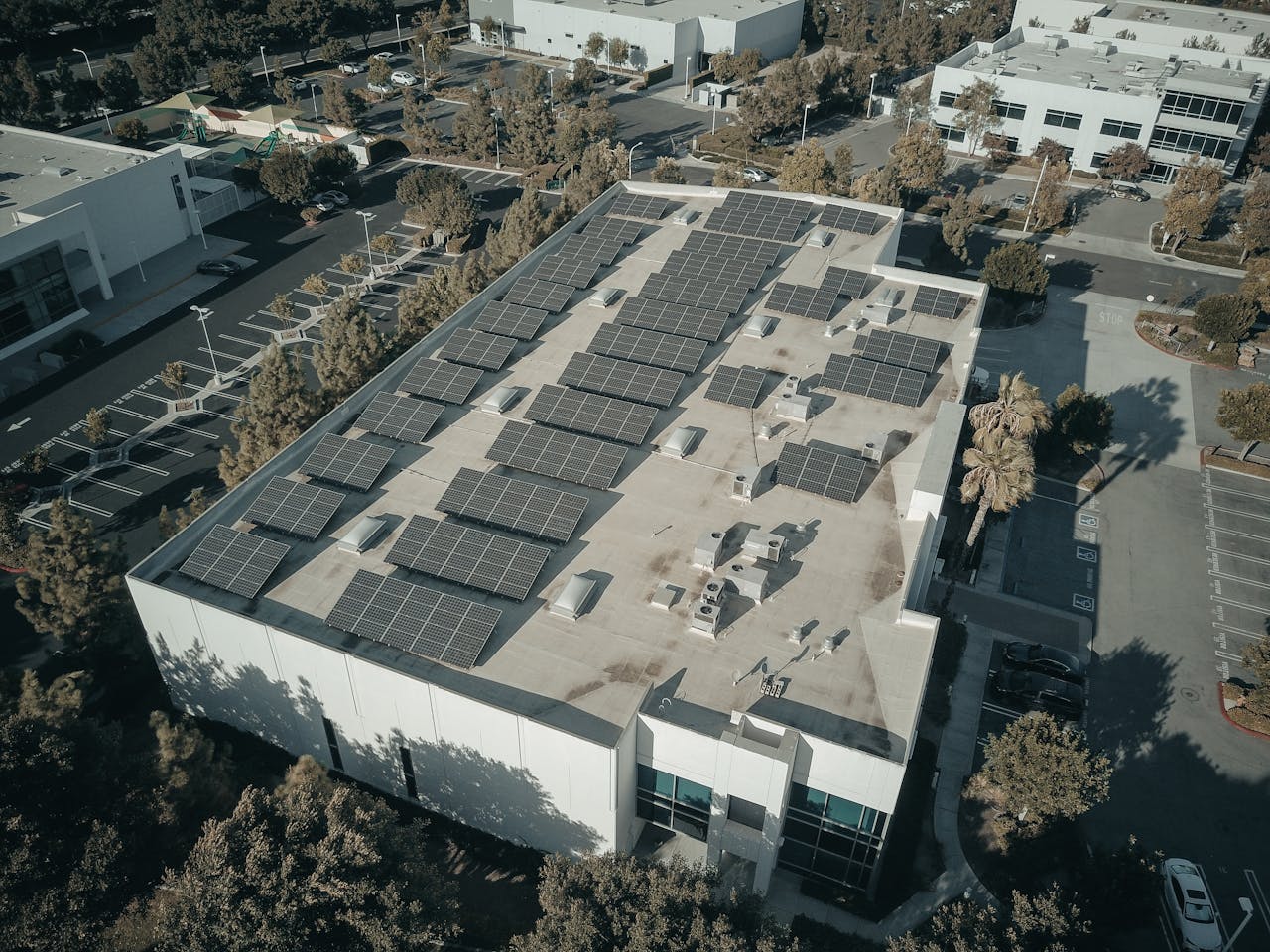
Every year, the global manufacturing industry views Mexico as one of the most attractive countries to establish an extension of its operations, especially for companies pursuing nearshoring prioritizing EHS compliance. Its strategic geographic location, competitive labor force, and mature industrial ecosystem make it ideal for expanding production operations.
However, opening an industrial facility in Mexico requires careful navigation of a complex framework of Environmental, Health, and Safety (EHS) obligations – across municipal, state, and federal levels. Proper compliance prevents delays, penalties, and unnecessary risks.
At DIMSA, our team supports companies throughout this entire process, ensuring full legal and environmental compliance from day one.

The first question that arises is: Which industrial park should I choose? This begins the search among countless options in various regions of the country.
Investors generally look for locations with key factors like:
These essential features allow for efficient installation and operation.
Once the site is selected, the next step is to begin processing the licenses and authorizations required to operate. These legal requirements may vary depending on municipal, state, and federal jurisdictions.
From the outset, the specific land use permit is one of the most important municipal licenses. To obtain it, it is necessary to know the land use designation of the industrial park where the project will be located and verify that it is compatible with the investor’s activity. Industrial parks are commonly authorized as either heavy or light industry.

Industrial parks typically obtain a general Environmental Impact Authorization for site development and basic infrastructure.Once a company selects its location, it must process its own Environmental Impact Permit for operational activities.Another relevant authorization is the environmental impact permit. This must initially be promoted by the industrial park to cover the site’s urbanization and the construction of buildings. This authorization serves as an essential precedent for each company to later obtain its own operational environmental impact approval.
During this evaluation, authorities analyze:
At this stage, the environmental authority analyzes the industrial activity and establishes mitigation requirements for any potential impact on the environment.
Once these permits are obtained, the next phase begins – securing specific environmental authorizations, which fall into three major categories:
1. Atmospheric Emissions
In the case of atmospheric emissions, any industry that uses combustion equipment, ovens, or processes that generate pollutants must obtain, depending on its characteristics, either a Single Environmental License (LAU) from the federal authority or a Fixed Source Emissions Registry from the state authority.
These authorizations ensure:
2. Waste Generation and Management
Regarding waste generation, companies must classify each waste stream and register it according to its characteristics:
Proper registration ensures:
3. Wastewater Discharge
With respect to wastewater discharges, if the effluent is discharged into the municipal sewage system, a local discharge authorization must be obtained. If, on the other hand, it is discharged directly onto soil or into a natural water body, a Concession Title and a Discharge Permit must be processed with the federal authority. In both cases, the goal is to ensure compliance with the parameters established in NOM-002-SEMARNAT-1996 (municipal sewage) or NOM-001-SEMARNAT-2021 (natural water bodies).
Meeting regulatory requirements is not only mandatory – it is a strategic advantage.
Proper compliance:
Companies that establish operations with all required permits operate more efficiently and gain greater trust from clients, employees, and regulators.
At DIMSA, we provide turnkey EHS, administrative, and regulatory solutions for international companies establishing operations in Mexico.
Our services include:
Our specialized team ensures that your operations start correctly, stay compliant, and avoid costly delays or penalties.
Ready to establish or expand your operations in Mexico?
Contact DIMSA to ensure full legal and environmental compliance from day one.
Nora Castillo – EHS Manager